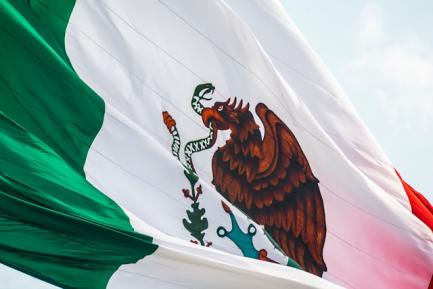Argentina: the dilemmas of macroeconomic adjustment
After Mauricio Macri became President in December 2015, he brought about a shift in economic policy that broke with the past and prioritised rapid adjustment. This was logical as the macroeconomic situation he had inherited was unsustainable. Argentina had seen little growth in the previous decade (2.2% annual average), inflation was high (25% at year-end 2015 according to the most reliable estimates), the official exchange rate was overvalued (by about 40% in December 2015) and the budget deficit stood at 6.6% of GDP in 2015. To make matters worse, Argentina had defaulted on its debt in 2001, resulting in considerable conflict with its creditors and its exclusion from international capital markets for 14 years.
Given this situation, the new economic policy aimed to achieve a fast adjustment in the economy by essentially acting on four areas. Firstly, economic and financial liberalisation, focusing primarily on making the exchange rate system more flexible and liberalising internal prices, highly subsidised in some categories such as energy. Secondly, more restrictive monetary policy, raising the interest rate from 33.0% in 2015 to 38.0% in mid-2016 (although the subsequent drop in inflation meant that interest rates could fall to the current 24.75%). Thirdly, fiscal adjustment, combining the already mentioned reduction in energy subsidies with other longer-term measures, such as cutting the number of civil servants. Finally, adjustment also included a number of actions to win back the confidence of international investors and regain access to capital markets. The most important measure was the resolution of pending legal proceedings with foreign creditors.
This new strategy was welcomed by the international financial community, as shown by its successful bond sale in April 2016 (the first since the 2001 default), totalling a remarkable 16.5 billion dollars, followed by two more, in June 2016 (2.75 billion dollars) and last January (7 billion dollars).
However, in spite of this good reception the macroeconomic adjustment is having considerable negative effects, more than predicted. The economy was expected to enter a recession but the intensity has been surprising. When the adjustment programme was announced, GDP was predicted to fall by 0.2% in 2016. The latest figures point to a 2% decline. As a combined result of the strong devaluation of the peso (37% since its free float in December 2015) and price liberalisation, inflation stood at 40% at year-end 2016 (although it has fallen significantly in the past few months). Fiscal consolidation has not gone as expected either. Tax revenue is being hit by the surprisingly strong recession and cost-cutting has been less than planned, for two reasons. Firstly, in August 2016 the Supreme Court of Justice suspended the increase in the gas tariff for residential consumers, accounting for 30% of the country’s gas consumption. Secondly, a part of social spending, in particular social transfers to the provinces and spending on unemployment benefit, has risen not only due to cyclical effects but also because the government has raised their amounts. The decision to increase social spending may be connected to the economic situation being worse than forecast but it is also likely to be related to the social unrest caused by the adjustment, making Macri’s government more unpopular (although its popularity is still clearly higher than the previous government at the end of its term).
So what is Argentina’s outlook for 2017 and 2018? The government is dealing with a worse economic situation than forecast and faces key legislative elections in October 2017. Nevertheless, the scenarios shared by most analysts expect the country to exit recession in 2017 and inflation to continue falling. Up to October 2017, monetary policy is expected to remain restrictive while most budgetary adjustment is likely to be postponed. The key question is whether the recovery will arrive in time for the elections.



